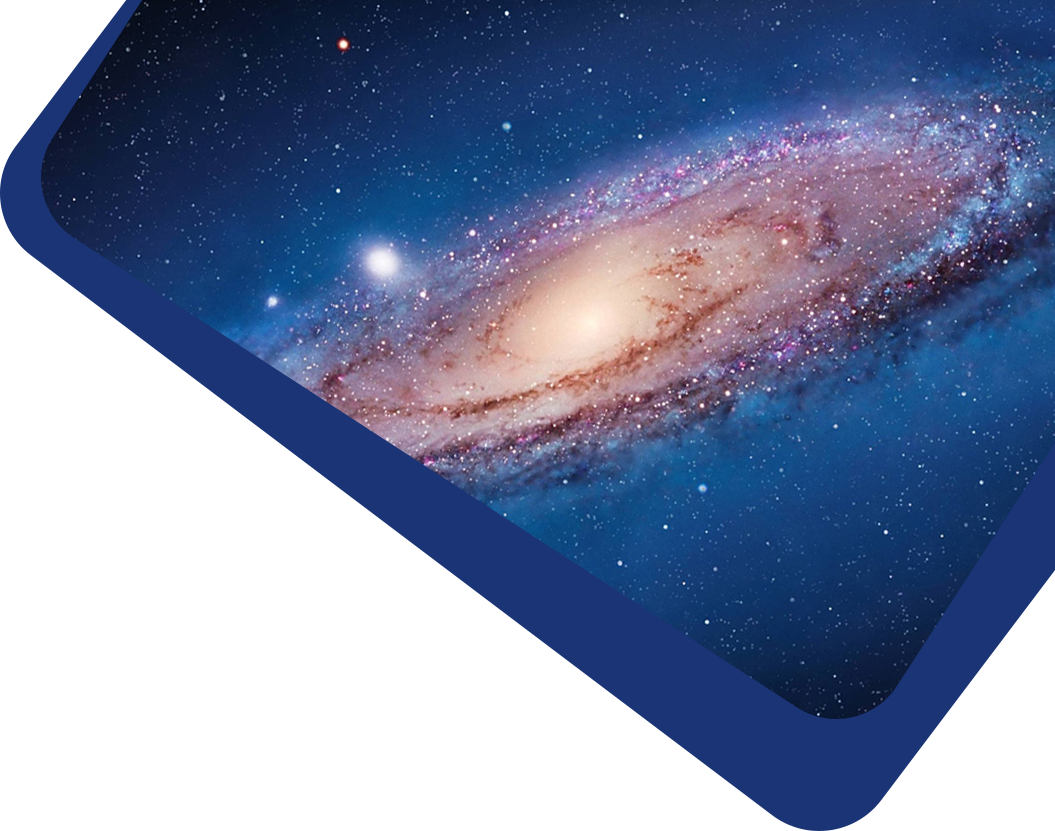We present the morphological study of 18,572 massive quiescent galaxies at z ∼ 1.2, selected by i − y colors in the Hyper Suprime-Cam (HSC) Deep and UltraDeep fields. The majority of our sample (94.3%) fall in the quiescent region in the rest-frame UVJ diagram. Comparing the five HSC bands and the subsample with HST F160W images, consistent with the decreasing effective radius re, Sérsic index n shows an increasing trend indicating a more bulge-dominant morphology towards the infrared. Even for our massive, quiescent galaxies, which are dominated by typical elliptical galaxies with bulges, the re and n values still vary with the wavelengths. For instance, there is a systematic drop in n of ∼0.4 going from y band to F160W, making 20% of the HSC “disk-like” galaxies appear “bulge-like” in the HST images. We suggest to use caution when comparing galaxy morphological types based on images at different resolutions or at different wavelengths, and whenever possible, to apply a re or n correction. More massive quiescent galaxies are systematically larger than the less massive ones, though no mass dependence is found for n measurements. The size–mass relation based on our sample and lower-z control samples show a monotonic increase of re with M*, with a power-law of 0.61 ± 0.01, lower than previously found in similar samples of smaller sizes. Future high-resolution space-based surveys like NGRST will help confirm the possible n evolution, and if the flattening at the low-mass end is a genuine physical trend or limited by the image resolutions.



